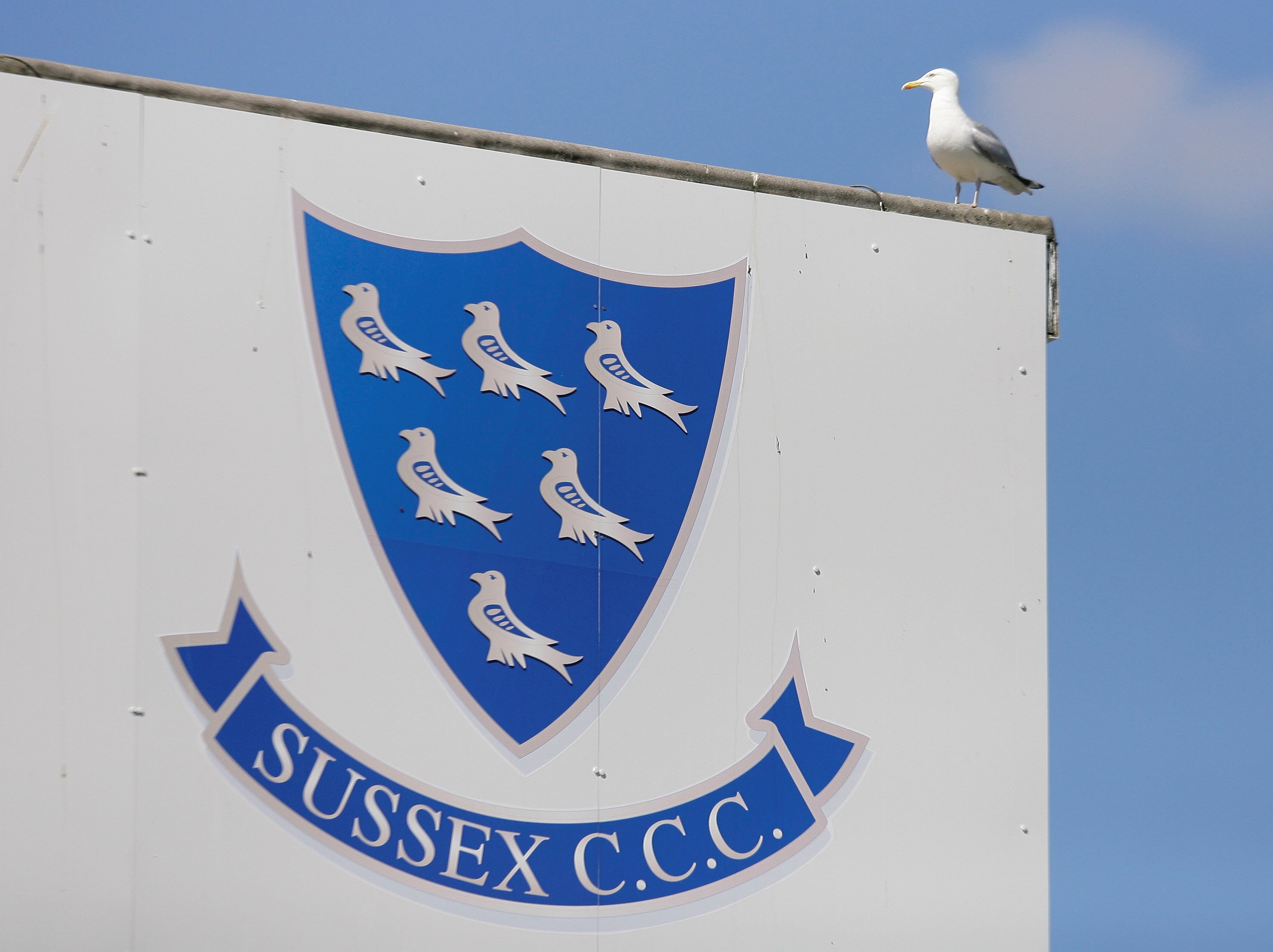Sussex ran out of time before the rain arrived at Hove on Monday to force victory over Northants in their opening County Championship match.
When the dark clouds rolled in and deposited their contents 15 minutes later there were still notionally 20 overs for Sussex to take one wicket and then chase a small target.
Northants led by 63 runs so it would have been odds on a home victory. After the game their coach John Sadler graciously admitted that his side “had got away with it”.
Each of the four days were affected by the weather, not unsurprisingly after one of the wettest Sussex winters on record.
Only 38 overs were possible on day one, after play had started at 3pm. There was nothing after tea on day two and even the third day, which was mostly played under blue skies, ended with seven overs not bowled. Hardly unusual for the first few days in April.
In the past, based on the conditions on days one and three, the umpires would have ordered the floodlights to be switched on so play could continue. But not any more.
Sussex have opted not to use the lights in four-day matches this season (T20 is not affected) to save money.
Chair Jon Filby reckons it costs £160 to keep each of the six pylons operating. That works out at nearly £1,000 an hour, which over a season when there could be 28 days of Championship cricket could start adding up.
And now they have made their choice (Glamorgan have done the same) there is no going back.
Remember too that even with floodlights umpires have often concluded the natural light was still not bright enough to play but at least there was an option.
And it wouldn’t have made much difference at the end of the Northants game. We might have seen two or three overs before the rain arrived at the most.
I can see both sides of the argument. Making a potential saving of, say, £10k during the season cannot be ignored when every penny counts but I think it sends out the wrong message. Isn’t cricket in the entertainment business?
There’s even an argument to say that if the lights are only going to be used for maybe ten T20 or one-day games – which will be played when the days are at their longest and can be concluded in natural light – are they worth having at all?
Not so long ago a company sponsored the lights at Hove and offered a bonus to any batter who hit their advertising board on the pylon. Could that option be explored by Sussex again?
When the players trooped off on Friday and the lights didn’t come on it was the first virtually everyone in the ground (including journalists and BBC commentators) knew about the decision.
Cricket fans are a pretty stoical lot. Anyone who is prepared to sit outside in temperatures of around 9 degrees in a howling wind, as most did last week, will put up with quite a bit. But they deserve to be treated with a bit more respect than it felt they were getting at Hove last week.
****
One way to make sure overs aren’t lost to bad light (floodlights or not) is to start games earlier. At Hove on Sunday, an extra eight overs were allocated to make up for some of those lost the previous day.
In the event, those eight overs weren’t bowled because by 6.15pm it was too gloomy. Back at the start time of 11am there was hardly a cloud in the sky.
No first-class game starts closer to midday than in England. In some parts of the world they get under way at 9.30am.
That seems a bit too early but surely 10.30am starts are more than feasible to make up for time lost or even to ensure a sensible finishing time?
Of course, the weather might intervene but during an English summer the light is usually an issue at the end of the day, not the start.
Something perhaps for Sussex chair Jon Filby to lobby for with the ECB, especially now Sussex don’t have the option of using floodlights.
****
Enough of the weather, what about the cricket? Well, the only thing missing from Sussex’s performance against Northants was the victory they deserved, having outplayed a team who were in Division One last season for most of the four days.
Everywhere you looked, there were positives. Jayden Seales, the West Indies fast bowler, made an impressive debut, taking six wickets. Wickets and more importantly overs under his belt for Ollie Robinson, who improved with every spell he bowled. And a first hundred since September 2022 for opener Tom Haines.
There was also more evidence that all-rounder James Coles, who finished with six wickets and scored a momentum-changing 78, is a serious talent.
Sussex head to Leicestershire this weekend top of the embryonic second division table and in good shape.
Follow Bruce Talbot on Twitter @brucetalbot1.









